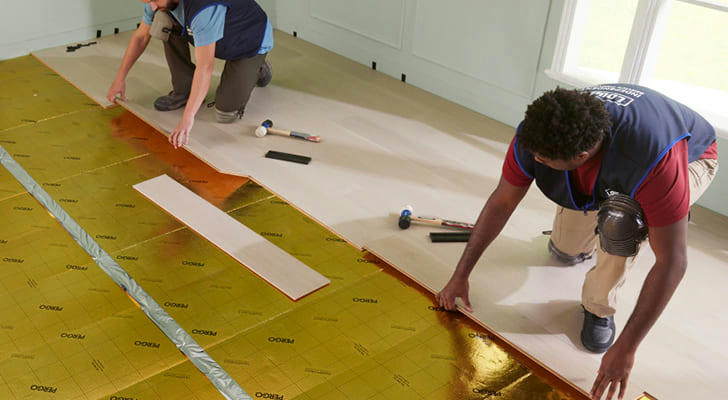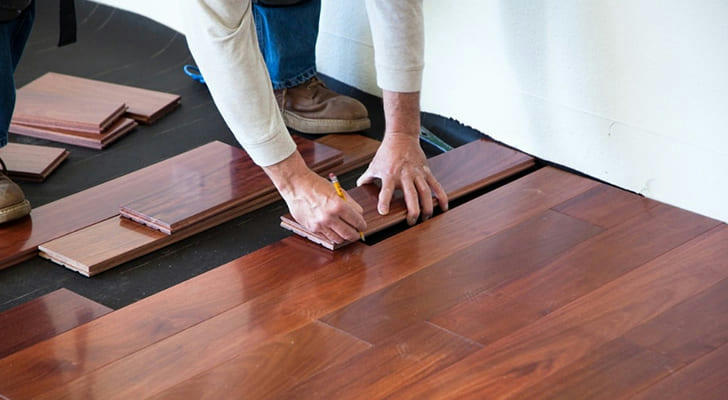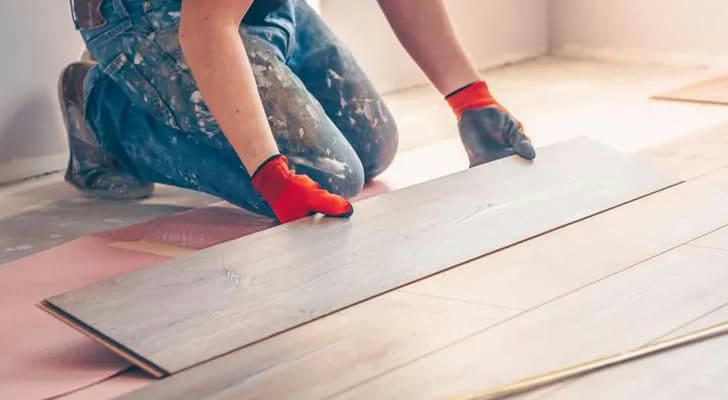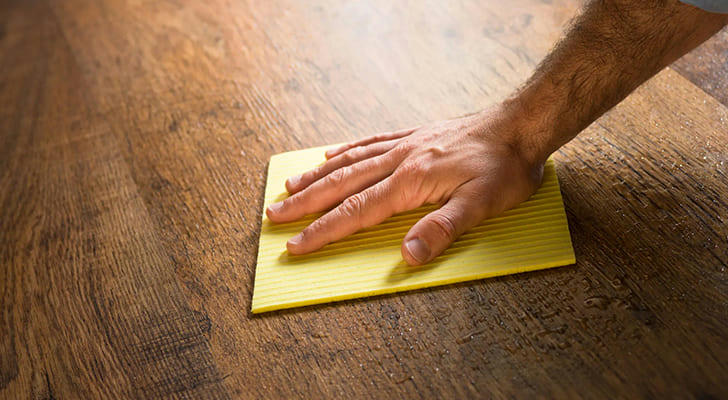What You Need To Know Before Getting New Flooring Installed

Choosing the perfect flooring can dramatically change the look and feel of your home. However, the next crucial step is to ensure it's installed properly to ensure its longevity, enhance its visual appeal, and make you happy with your choice. This guide will walk you through the essentials of flooring installation, including the different types of services available, important factors to consider when choosing an installer, the steps involved in the installation process, preparations needed for installation day, and tips for keeping your new floors in top condition.
Exploring Different Flooring Installation Options

Hardwood Flooring: If you’re aiming for a timeless and elegant look, hardwood flooring is a superb choice. Installation requires meticulous precision to avoid problems such as gaps between planks, squeaky boards, or warping. Proper acclimatization of the wood and careful fitting are essential to achieve a flawless finish that stands the test of time.
Laminate Flooring: Laminate is an excellent, cost-effective substitute for hardwood. It’s known for its durability and ease of installation. Available in a range of styles and finishes, laminate can mimic the appearance of more expensive materials like oak or granite. It’s also easier to maintain and often features a click-lock system for straightforward DIY projects.
Tile Flooring: Ideal for moisture-rich environments such as bathrooms and kitchens, tile flooring needs precise alignment and grouting to ensure a long-lasting and functional surface. Tiles come in various materials, including ceramic, porcelain, and natural stone. Proper subfloor preparation and waterproofing can help prevent issues like cracking and moisture infiltration.
Carpet Installation: For a warm and inviting atmosphere, carpets are a popular choice. Carpet installation involves detailed measurement and fitting to ensure a smooth and seamless look. There are different carpet types and pile heights to choose from, each providing different levels of comfort, durability, and style. Professional installation helps avoid problems like bunching, wrinkles, or uneven surfaces.
Vinyl Flooring: Vinyl is a highly versatile option that’s resistant to moisture and wear, making it suitable for high-traffic and damp areas. Available in both sheet and tile formats, vinyl can closely resemble natural materials such as wood or stone. Its installation can be straightforward, with many products featuring self-adhesive or click-lock systems. It’s also known for its ease of cleaning and maintenance, which adds to its practicality for various spaces.
Choosing the Right Flooring Installer: Key Considerations

Experience and Expertise: When selecting a flooring installer, it’s crucial to choose professionals with a solid track record and specific experience in installing the type of flooring you’ve chosen. Look for installers who are knowledgeable about the nuances of your flooring material to ensure a high-quality installation.
Reviews and References: Investigate potential installers by reading online reviews and requesting references from past clients. This will give you insights into the installer’s reliability and the satisfaction level of their previous customers. Positive feedback and a strong reputation can be strong indicators of quality service.
Licensing and Insurance: Confirm that the installer holds the appropriate licenses and insurance. This ensures that they meet industry standards and provides protection in case of any accidental damage during the installation process. It’s important to verify these credentials to avoid potential complications.
Cost and Value: While comparing quotes from different installers, don’t focus solely on finding the lowest price. Consider the overall value by evaluating what each quote includes and how it aligns with the quality of service offered. Sometimes a slightly higher cost may provide better value through superior workmanship and more comprehensive service.
Additional Considerations: Ask about the installer’s warranty and aftercare services. A good installer should offer a warranty on their work and be available to address any issues that may arise after the installation is complete. Additionally, ensure that they use high-quality materials and follow best practices for installation to guarantee the durability and appearance of your new flooring.
How to Install Floors

Initial Assessment: To start, most installers will conduct an on-site inspection to assess the project’s scope and pinpoint any potential challenges. This evaluation helps them understand your space and determine the specific requirements for a successful installation.
Preparation: Next, the preparation stage typically involves removing existing flooring, thoroughly cleaning the area, and ensuring the subfloor is level and in good condition. Proper preparation is crucial for achieving a smooth and lasting installation.
Installation: The actual installation varies depending on the type of flooring being used. This phase generally includes measuring and cutting the new flooring to fit, followed by securing it in place. Each flooring material—be it hardwood, tile, laminate, or vinyl—requires specific techniques and tools to ensure a precise and professional finish.
Finishing Touches: Finally, installers will add finishing details to complete the project. This may involve installing trim, applying sealants, or making any necessary adjustments to ensure a polished and cohesive look. These final touches help enhance the appearance and functionality of your new flooring, ensuring it looks great and performs well for years to come.
Getting Ready for Installation Day: Essential Preparations
Clear the Space: Start by removing all furniture and belongings from the area where the new flooring will be installed. This not only provides installers with ample room to work but also helps protect your items from potential damage.
Address Subfloor Issues: Before the new flooring is laid down, make sure any existing problems with the subfloor are fixed. This might include repairing any uneven sections, addressing moisture concerns, or ensuring the subfloor is clean and dry. A well-prepared subfloor is crucial for a smooth and durable installation.
Prepare for Disruption: Installation day may come with some level of noise and disruption. Depending on the scope of the project, you might experience dust, loud sounds, or limited access to certain areas of your home. Planning ahead and communicating with the installers about the schedule can help you manage this inconvenience more effectively.
Essential Tips for Maintaining Your New Flooring

Adhere to Care Guidelines: Each type of flooring has its own maintenance requirements. Make sure to follow the specific care instructions provided for your flooring material to ensure it stays in excellent condition.
Routine Cleaning: Regularly clean your floors to remove dirt and debris that can cause scratches or other damage. Use appropriate cleaning tools and solutions recommended for your flooring type to maintain its appearance and longevity.
Address Spills Immediately: Quickly clean up any spills to avoid stains and potential damage. This is especially important for materials like wood that can be more susceptible to moisture. Keeping your flooring dry and clean will help preserve its finish and durability.
Conclusion
Choosing professional flooring installation can greatly impact the performance, look, and lifespan of your new floors. By familiarizing yourself with the various installation services, selecting the right installer, and properly preparing for and caring for your flooring, you can ensure that your investment not only enhances the comfort of your home but also adds to its overall value.
